 Penguin 2.0 is finally here! As Google’s latest attempt to combat spammy websites and black hat SEO tactics, this algorithmic update is said to be more comprehensive than the first Penguin update. However, unlike its Panda counterpart, Penguin 2.0 will focus primarily on backlink patterns, anchor text and poor link building practices.
Penguin 2.0 is finally here! As Google’s latest attempt to combat spammy websites and black hat SEO tactics, this algorithmic update is said to be more comprehensive than the first Penguin update. However, unlike its Panda counterpart, Penguin 2.0 will focus primarily on backlink patterns, anchor text and poor link building practices.
According to Matt Cutts, websites that visitors naturally want to explore and share its content should not be negatively affected. Cutts urges that webmasters and practitioners of white hat SEO continue doing what they’re doing as Penguin 2.0 rolls out. However, with big algorithmic updates come big changes for SEO. Here’s what you can expect.
Content marketing is the new link building
As I mentioned back in April, content marketing has become the new buzz phrase in the SEO industry. And while some SEOs will argue that content marketing is no new SEO tactic, it certainly is the future. Gone are the days of free backlinks. Content marketing forces SEOs to earn quality backlinks through great content and social networking. Therefore, the future of SEO relies heavily on the ability to produce quality content as well as the promotion of this content. Content can be in the form of text, video, infographics, or whatever else you can produce and put on your site. For instance, video marketing is a perfect example of quality content and it’s extremely under utilized by small businesses.
Online PR thrives post-Penguin
PR professionals are used to generating organic search and referral traffic. Unlike traditional SEO tactics, online PR is about creating quality content for the media and blogs in order to drive traffic to a website. Press releases can build domain authority through the acquisition of backlinks from distribution services and more. The press release can also increase brand awareness, sales and thought leadership. In a post Penguin 2.0 world, traditional link building tactics will begin to fail and online PR will thrive. If you’re not already using online PR, you better get familiar.
Google will look into guest blogging
After Penguin 1.0, many SEOs turned to guest blogging as an alternative method for link building. Why? Because it’s very easy to add a link and anchor text to the bios below guest authored posts. As a result, there have been an overwhelming amount of links from guest blogging. And Google has begun to take notice. However, guest blogging has more potential than just link building. It can also be a great branding tool for any company or organization. As SEOs, we have to become more selective about the guest blogs we choose. We should always avoid blogs that have a low domain authority and ones that accept all guest posts. SEOs should also switch up author bios. Focus less on keywords and more on branded anchor text. When possible, include the author’s social profiles and their company website. This will allow Google to recognize a guest blog post as authentic. Lastly, publish content that is targeted and relevant to that particular audience and you will save yourself from the inevitable iron fist known as Google’s Search Quality team.
Long-tail keywords gain more search traffic
Long-tail keywords will become the new way to gain search traffic post-Penguin. Simply put, they are far less competitive than short-tail keywords and they are fairly easier to optimize on landing pages. With Penguin 2.0 forcing SEOs to focus on the customer rather than search engine rankings, long-tail keyword targeting is the key to meeting exactly what the customer is looking for. What’s more is that long-tail keywords produce highly relevant results, which can translate into high conversion rates for folks on the top of search engine results. Most importantly, the world has gone mobile. Think about how many people use iPhone’s Siri or Android’s Google Now for information. And when they talk into their phones they’re asking questions, not stating keywords. In essence, search is becoming conversational, which means SEOs need to start focusing more on long-tail keywords.
In conclusion, Penguin 2.0 is just another step in a positive direction. Rather than freaking out, embrace the chaos. Like every algorithmic update prior, Google stands by its core messages: create a website that users will love and write great content. If you can do that, Cutts assures us that Google will work hard to recognize it. Fear no more! SEO will always be a valuable tool to any business—that is, if it’s practiced correctly.


